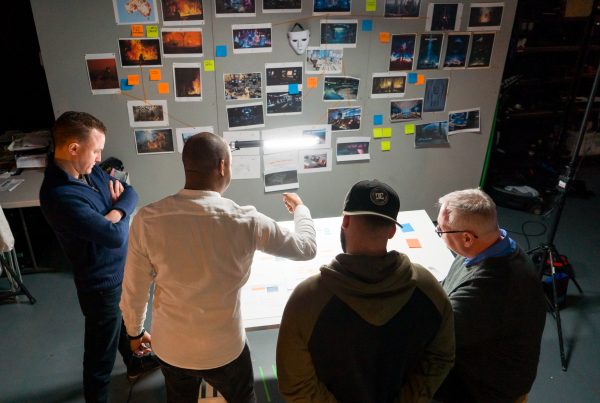Our very own operations director, Paul Rumsey, helped provide Raconteur with insight as to the long-term viability of SASE technology. A tech-heavy read, but essential for those looking to learn about the complex world of cyber security. We hope our subject matter expertise and attention to detail shine throughout this article:
The SASE-empowered business
SASE, the convergence in the cloud of existing security and data protection solutions, is set to be widely adopted, replacing outdated legacy security measures
Nick Ismail
Gartner, who coined the SASE acronym in 2019, believes secure access service edge will be adopted by 40 per cent of companies by 2024, up from less than 1 per cent at the end of 2018.
Six years is a long time in technology, but Paul Rumsey, operations director at VIVIDA, believes SASE, although still in its infancy, is the logical next step for security. “In five years’ time, I would expect it to be an industry standard for businesses, especially with the massive increase of remote workers caused by coronavirus, which is a policy I think a lot of companies will adopt long term,” he says.
As the SASE framework becomes more prevalent within organisations, they will have to make sense of all the data this set of technologies creates. In reality, the responsibility should fall to the vendor or platform owner. SASE vendors will be better equipped to collate all the telemetry data coming from the end-user, their location and device, to create dashboards for the chief information security officer as part of the cloud security offering.
“Besides needing to be careful of privacy issues, this data can be kept private and still be used to exponentially increase security and reduce user friction. Additionally, evaluation of when, where and how users interact with applications and features can result in a great deal of useful information to improve user experiences,” says Charles Eagan, chief technology officer at BlackBerr
To read the rest of this article, or access the others articles Raconteur has written on SASE, [click here].






